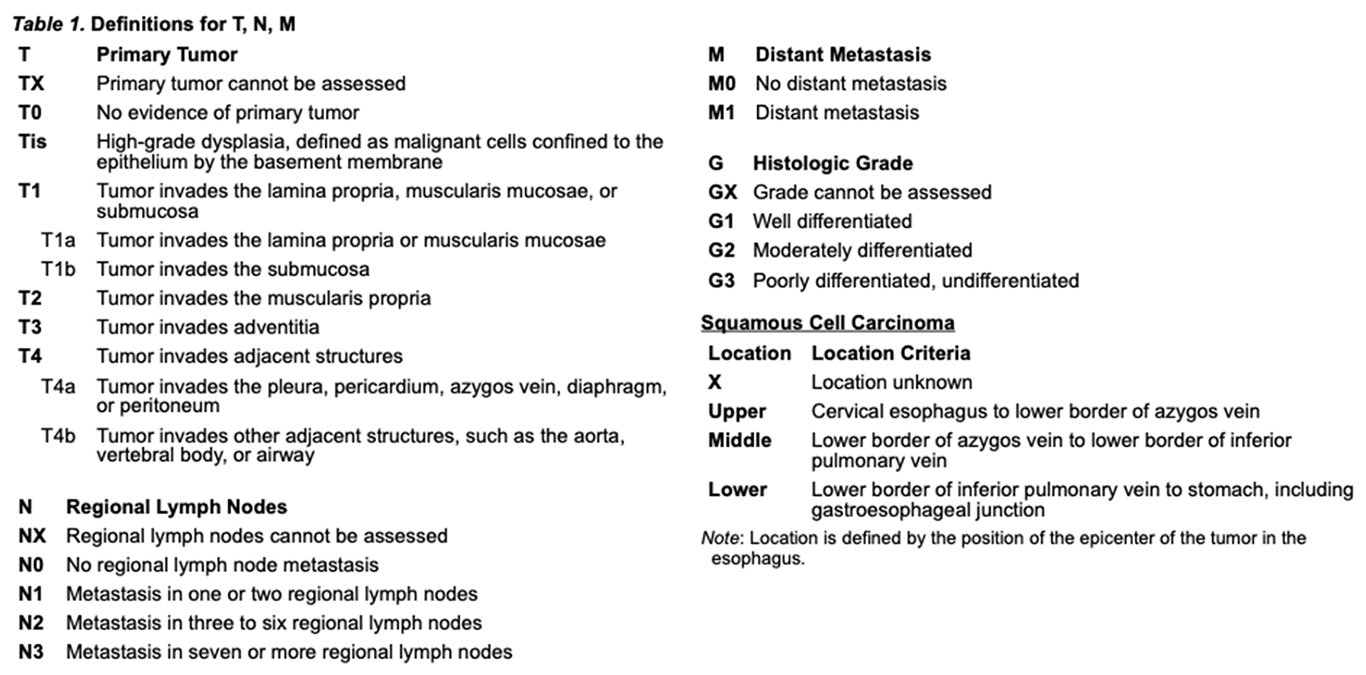- Barium swallow, which can help to localize the level of obstruction.
- Imaging tests, such as CT scan, PET-CT scan, and endoscopic ultrasound that will show a detailed image of esophagus, along with the depth involved, and also regarding local disease and other parts of the body.
Mr. Praboth Palit from Mumbai shares an emotional journey of his treatment at Apollo Proton Cancer Centre. Despite facing a lot of challenges in the beginning, Praboth never lost his hope which is highly commendable.
He thanked Mr. John Chandy , Dr. Srinivas Chilukuri, and the entire team for their support and guidance.




